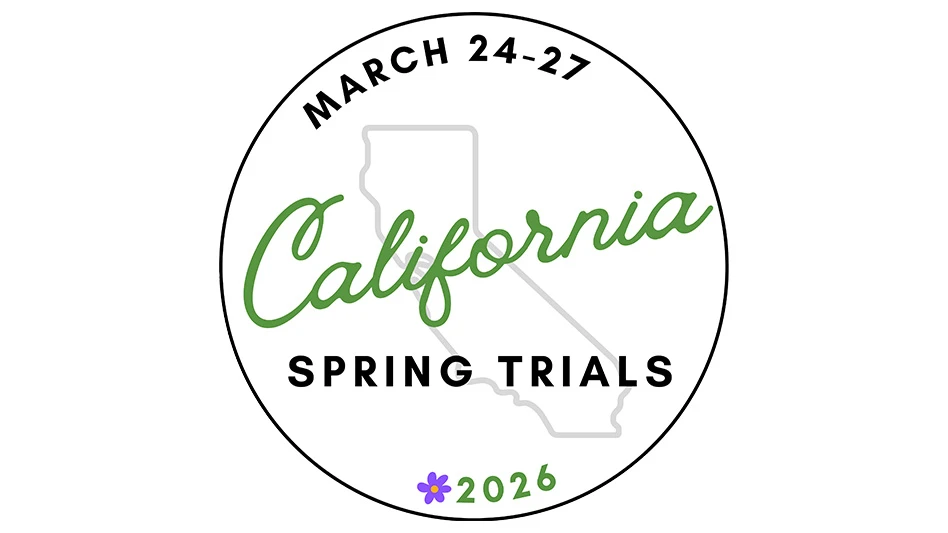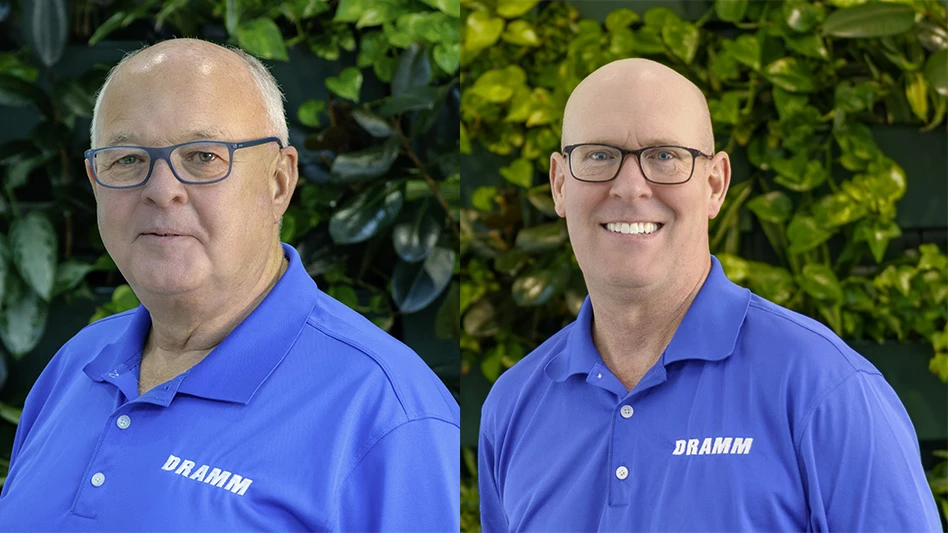
After you’ve sprayed, you’re done, right? Not even close. Pesticide disposal is heavily regulated, and those regulations govern everything from unused spray mixture to contaminated clothing and much more. Proper disposal extends far beyond the container.
The Weed Science Society of America created an 11-part Pesticide Stewardship Series, and the final entry covers the proper handling and use of pesticides. For the entire series, go to bit.ly/2xKmzzD.
Here are a few important tips from WSSA about pesticide disposal:
Excess product. Avoid having to dispose of
Unused spray or dip mixture. Whenever possible, eliminate or minimize excess spray or dip mixture by practicing careful measurement, calibration
Rinsate. Rinse the pesticide container or spray equipment over an impermeable surface and in a way that allows recovery of the rinsate. If the rinsate contains no debris, it can be used the same day as part (up to 5 percent) of the water (or other liquid) portion of the next spray mixture of that chemical. Never pour excess product, unused spray/dip mixture or rinsate onto a roadway or into a sink, toilet, sewer, street drain, ditch or water body.
Empty containers. Rinse containers of liquid products thoroughly at the mixing site as soon as they are emptied using the triple rinse method or a pressure rinser. Puncture the top and bottom of disposable containers to prevent reuse. When disposable containers holding dry formulations are empty, open both ends to help remove any remaining pesticide. If containers are non-refillable, high-density polyethylene, there are collection/recycling programs for agricultural and commercial applicators in most states.
Leftover treated seed. The best way to dispose of a small quantity of leftover seed that has been treated with a pesticide is to plant it in an uncropped area of the farm. Use the normal seeding rate and depth and plant at the proper time of year. Do not put treated seed in a compost pile or leave it on the soil surface.
Contaminated clothing. Discard clothing that
Personal protective equipment (PPE). Discard PPE that has been damaged, designated as one-time use, expired or reached its use limit. Follow the most strict disposal directions, which may be state or local laws, the pesticide label or the PPE manufacturer’s instructions.
Material from
Containment pad/sump residue. A containment pad/sump is a safety system designed to contain and recover rinsate, spills, leaks, etc. Any solids left in the containment pad/sump should be dried and spread evenly over a large part of the field in accordance with label directions.
For more: www.wssa.net

Explore the December 2018 Issue
Check out more from this issue and find your next story to read.
Latest from Nursery Management
- GIE Media Horticulture Group wins five regional 2025 Azbee Awards of Excellence
- Get to know Pat Reilly with NewGen Boxwood and the American Boxwood Society
- Terra Nova Nurseries introduces rust-free and disease-resistant heucherella
- John T. Nickel, founder of Greenleaf Nursery Co., passes away at 89
- Three tours offered at 2025 Farwest Show
- Garden Media Group announces sixth annual Women in Horticulture Week
- Star Roses and Plants announces National Knock Out Rose Day
- The Growth Industry Episode 4: How federal budget cuts are affecting horticulture nonprofits







